Tokyo Art Scene: Impression, Form and Intention
Examine a vibrant spectrum of artistic expression from established masters to emerging talent
Immerse in Matisse’s impactful forms, spark inspiration from path pavers of impressionism and appreciate the intentional works of three budding artists.
Explore unique art exhibitions in Tokyo highlighting emerging talent and some of the world’s most relevant artists in this month’s Tokyo Art Scene. Whether you’re a fan of Matisse or yearning to find new and upcoming artists, Savvy’s got you covered.
Henri Matisse – Forms in Freedom
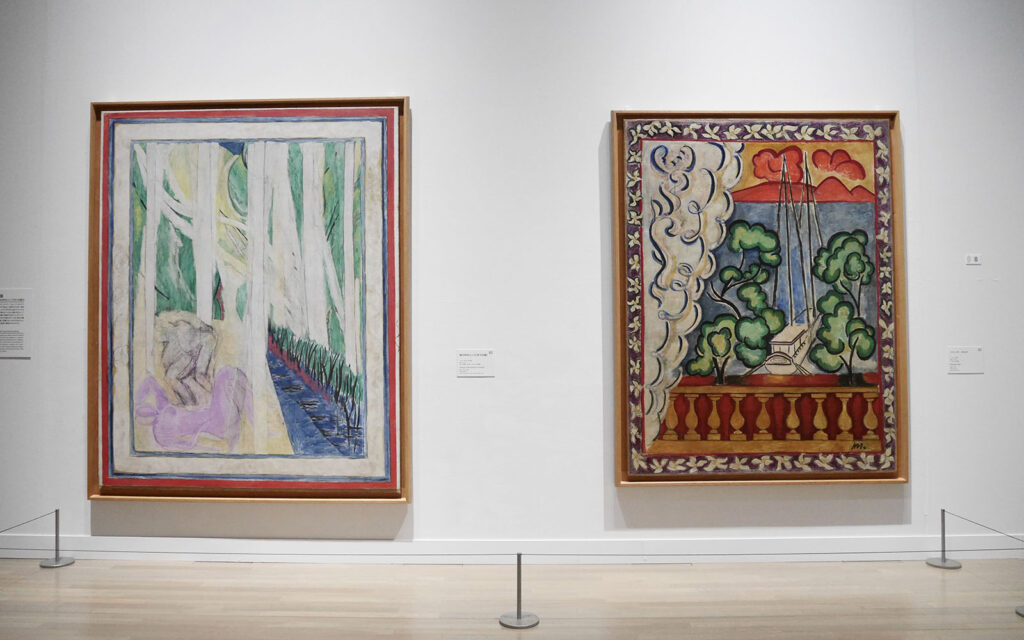 © Photo by Michele Tanabe
© Photo by Michele TanabeThe National Art Center Tokyo has opened its doors to present the late Henri Matisse’s highly anticipated Forms in Freedom. This exhibition focuses on the artist’s colorful cutouts, a method he coined as “the eternal conflict of drawing and color.” See an array of works focusing on Matisse’s experimentation in various mediums including oil paintings, sculpture and much more.
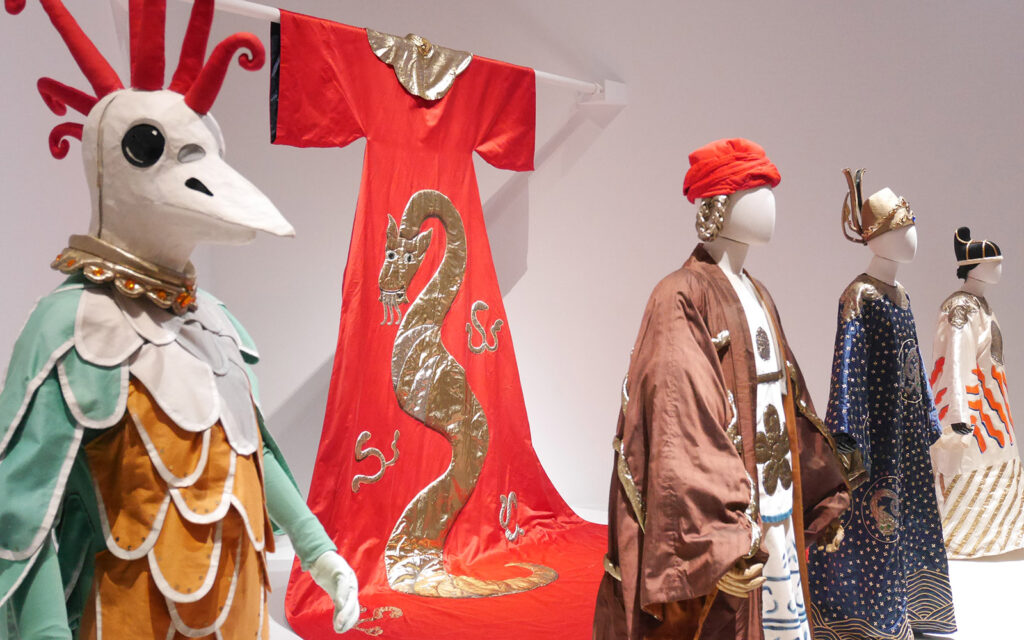 © Photo by Michele Tanabe
© Photo by Michele TanabeThe exhibition is divided into sections, functioning like capsule portfolios. Each section focuses on a significant period in Matisse’s career. For instance, Section 1: Ways of Color shows Matisse’s early exploration of landscapes and oil paintings. Section 2: The Studios and Section 3: From Decor to Large Decorations, not only share recognizable works but also display Matisse’s lesser-known pieces. Specifically, the costumes designed for the Le Chant du Rossignol (The Song of the Nightengale) ballet.
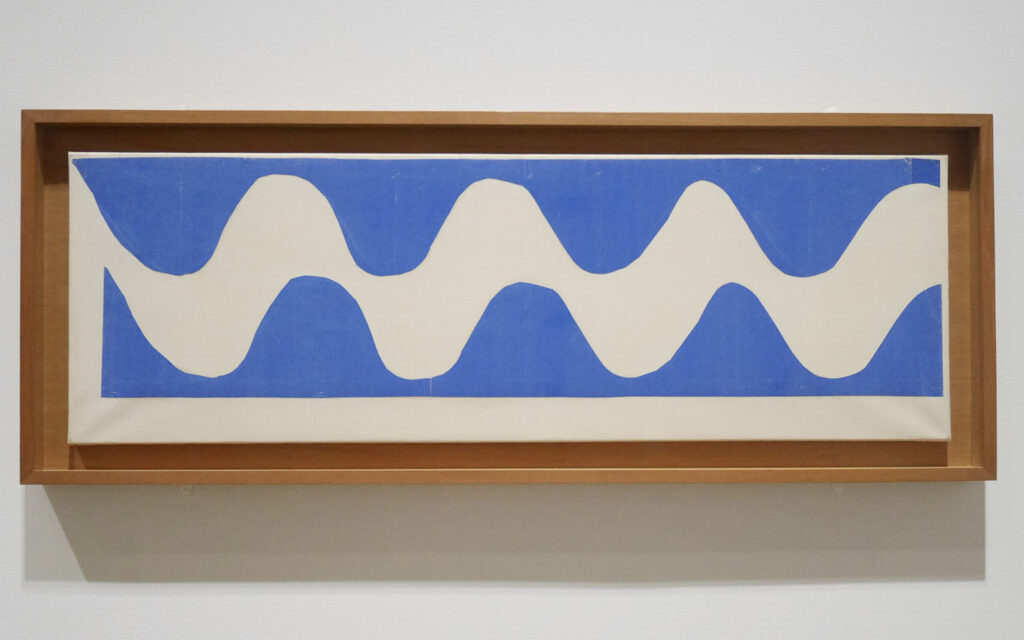 © Photo by Michele Tanabe
© Photo by Michele TanabeIn the latter half of Forms in Freedom, visitors will find the colorful large-scale mural: Flowers and Fruits. The mural uses painting gouache on paper and then cutting and pasting each painted piece onto white Canson paper. Museum guests can take photos from this point onward. The final installation offers an immersive experience, inviting individuals into a life-like replica of Matisse’s Rosary Chapel in Vence. The light flickering through stained glass windows onto the floor creates a reflective and transformative ambiance. It is said that the original chapel’s stained glass changes with the seasons and time of day.
- Date
- Now through Mon May 27, 2024
- Time
- Open 10 A.M. to 6 P.M., closes at 8 P.M. on Fri. and Sat. (Closed on Tues. except on Apr. 30, 2024) Last admission is 30 minutes before close.
- Location
- The National Art Center Tokyo, Special Exhibition Gallery 2E, 7-22-2 Roppongi, Minato-ku, Tokyo - Map
- Fee
- ¥2,200 (Adults), ¥1,400 (University Students), ¥1,000 (High School Students)
- Info
- Direct access from Nogizaka station Exit 6, 4-minute walk from Roppongi station Exit 7, 5-minute walk from Roppongi Station Exit 4A
Frontiers of Impressionism: Paintings from the Worcester Art Museum
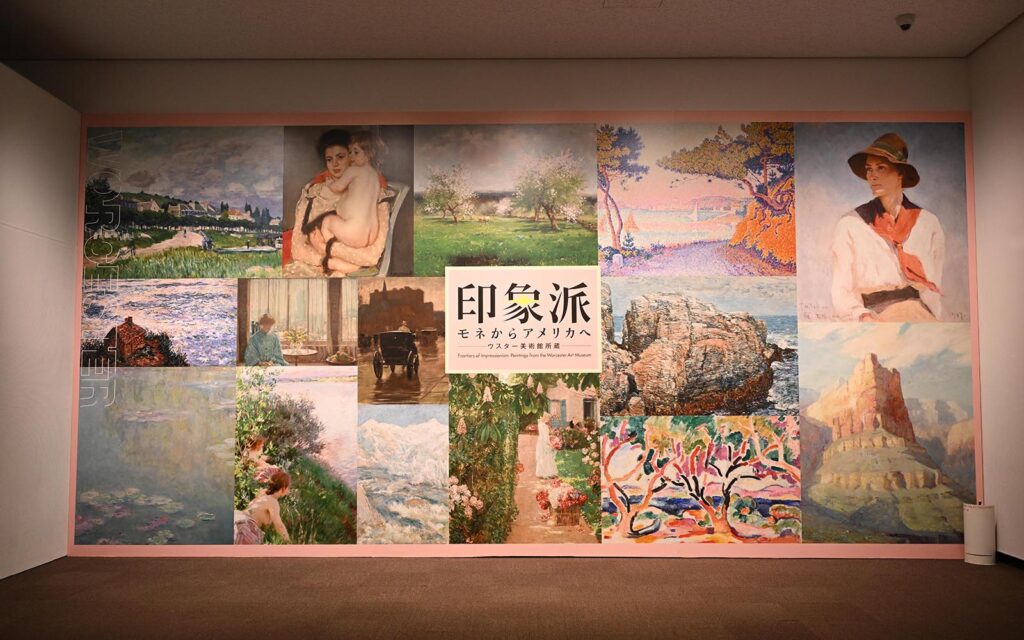 © Photo by Tokyo Metropolitan Art Museum
© Photo by Tokyo Metropolitan Art MuseumOpportunities to see works from the world’s most famous painters in person are rare. For a limited time, Frontiers of Impressionism: Paintings from the Worcester Art Museum features works by Claude Monet, Pierre-Auguste Renoir and other notable impressionist artists.
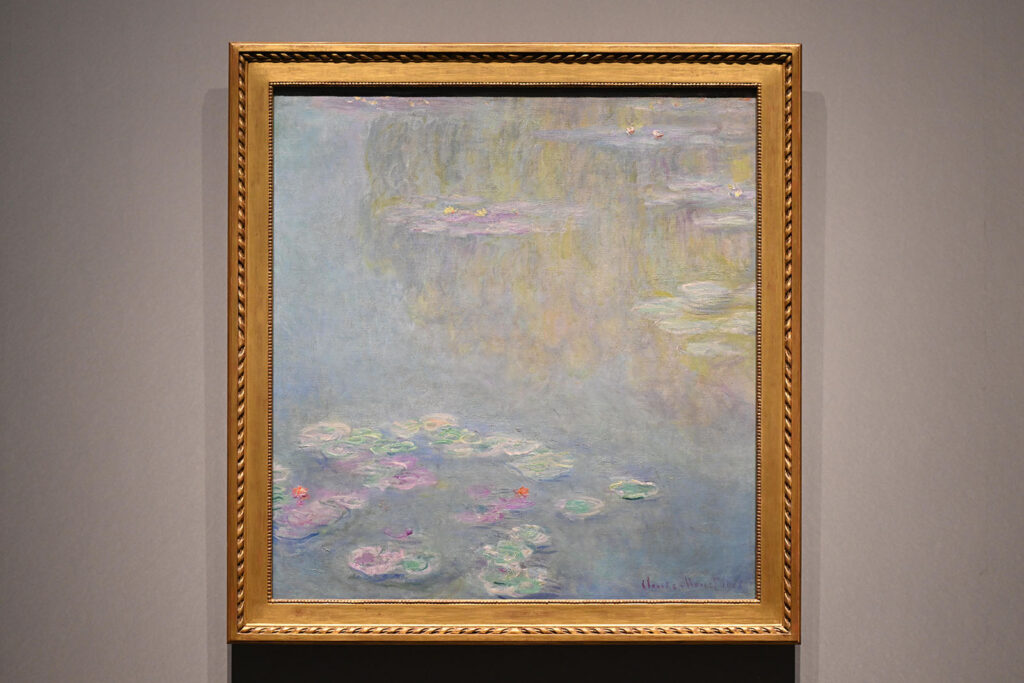 © Photo by Tokyo Metropolitan Art Museum
© Photo by Tokyo Metropolitan Art MuseumThis showcase from the Worcester Art Museum is divided into five chapters. Each section centers on relevant themes and influential artists in the impressionist movement. Chapter 2, Paris and the Impressionists, features lesser-known works from Claude Monet. Monet’s use of color and contrast makes Customs Officer’s Cabin, Rouch Sea, a curious standout from his other more renowned paintings. Yet, it’s impossible to deny the magnetic allure of the famous: Water Lilies. With its subdued palette of soft pastel pigments, the piece mesmerizes with each blurred deliberate paint stroke.
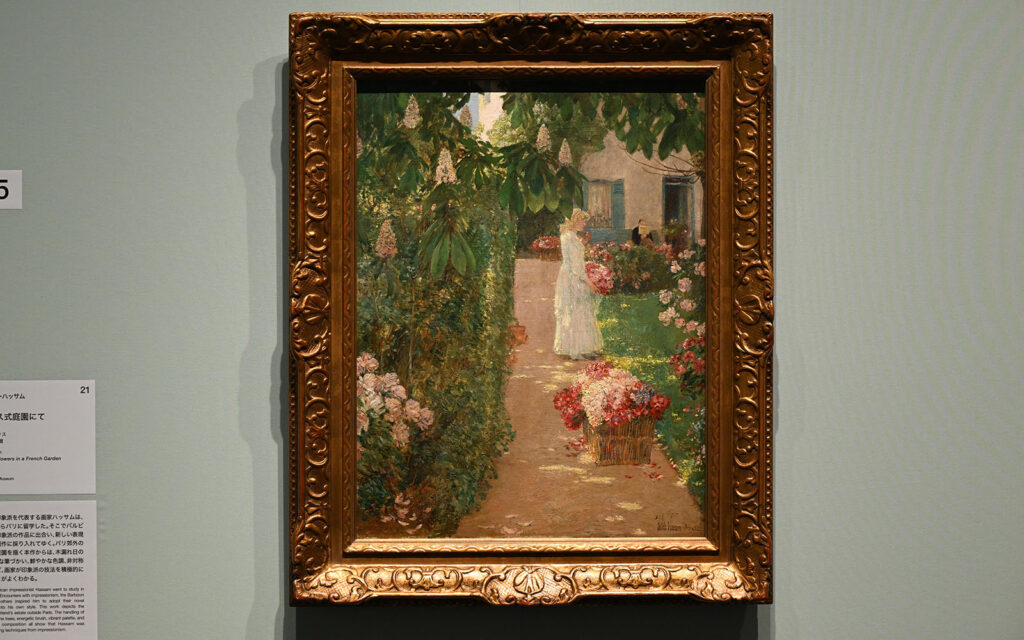 © Photo by Tokyo Metropolitan Art Museum
© Photo by Tokyo Metropolitan Art MuseumMultiple pieces from American impressionist Childe Hassam are present throughout the exhibition. This includes Gathering Flowers in a French Garden, depicting a woman wearing a white dress holding a bunch of pink flowers and a man reading on a far bench.
Japanese impressionists like Kuroda Seiki and Kume Keiichiro, who trained in France and brought back impressionist techniques, emphasized using bright colors and rough brushwork. These artists offer a unique contrast to their Western counterparts.
While this exhibition does not allow photography, the photo spots and merchandise from the museum shop offer visitors a chance to commemorate their trip. Buy tickets in advance to guarantee entry. Timed entry reservations are required on weekends, holidays and weekdays between April 2 to 5. Walk-in guests will be accommodated if space is available.
- Date
- Now through Sun Apr. 7, 2024
- Time
- Open 9:30 A.M. to 5:30 P.M., closes at 8 P.M. on Fri (Closed Mar. 18 and Apr. 1)
- Location
- Tokyo Metropolitan Art Museum, 8-36 Ueno Park, Taito-ku, Tokyo - Map
- Fee
- ¥2,200 (Adults), ¥1,300 (University Students), ¥1,500 (Seniors 65 & Over), Free for High School Students and under
- Info
- 7-minute walk from JR Ueno station Park Exit
Pola Museum Annex Exhibition 2024 – Commendation and Intention
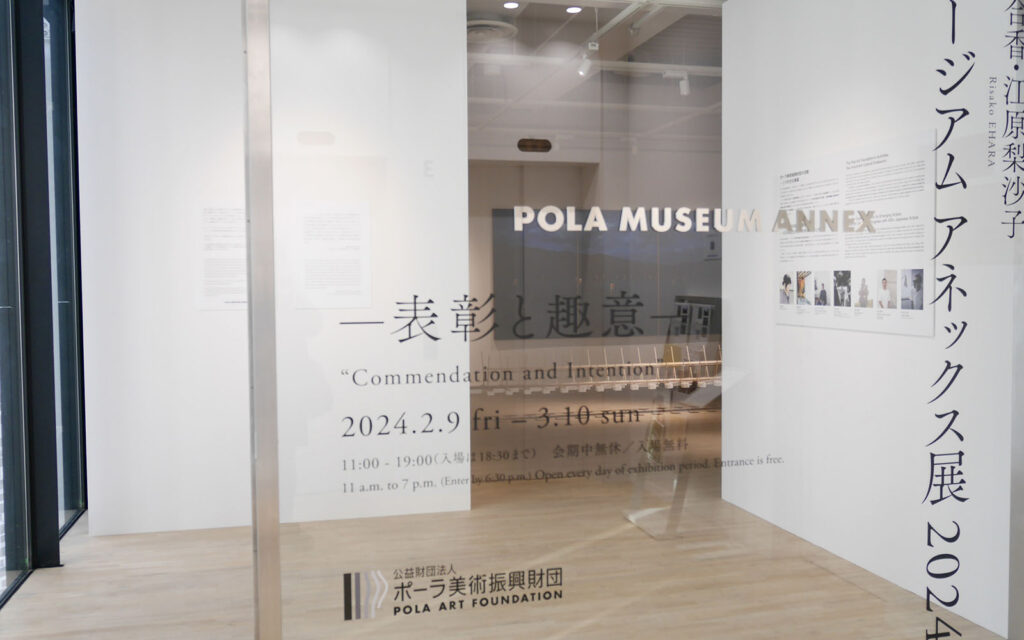 © Photo by Michele Tanabe
© Photo by Michele TanabeIf you find yourself in Ginza, stop by the Pola Museum Annex Exhibition 2024 – Commendation and Intention. This exhibit features the works of artists who have received the Grant for Overseas Study by Emerging Artists. The exhibition is split into two volumes, the first volume features artists Hidemi Nishida, Risako Ehara and Yurika Sunada.
Upon entering, one of the first pieces that command attention is Hidemi Nishida’s ⅕ wooden model of Fragile Bridge. The model bridge feels as if it’s a permanent fixture in the gallery, seamlessly blending into its temporary home. Nishida’s works represent delicate life in the world beyond urban safe-havens.
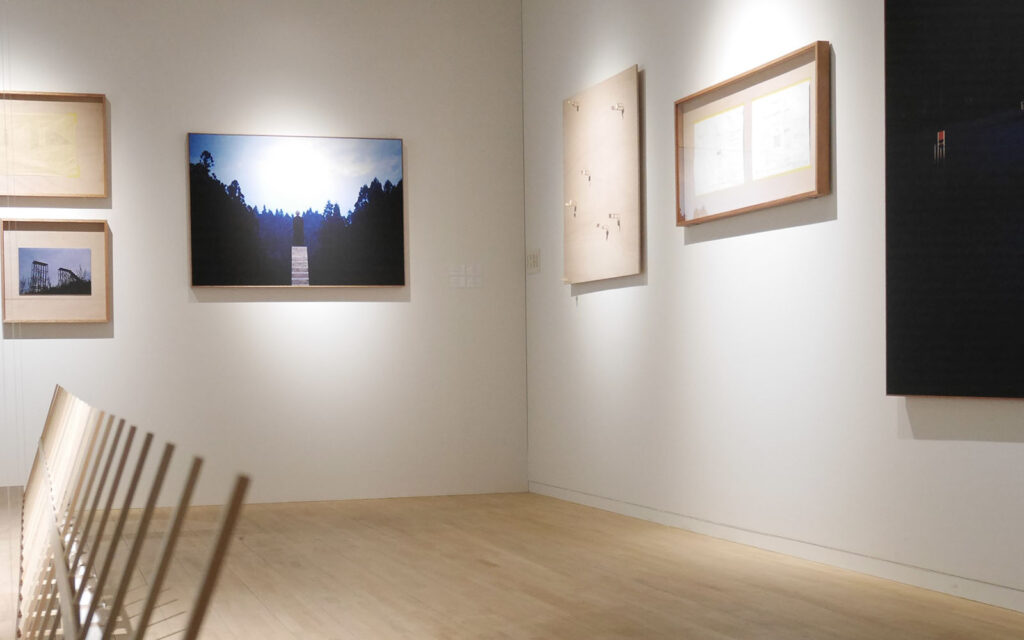 © Photo by Michele Tanabe
© Photo by Michele TanabeArtists Yurika Sunana and Risako Ehara, strikingly present in their contrasting pieces, challenge the norm through works like Sunana’s Interspace and Ambivalent (The Flow of Time). Divulging into the contradictions of perfection and imperfection, Sunna’s work, crafted from sleek metal and mirror, moves and emits haunting sounds; blurring lines between flawless and flawed.
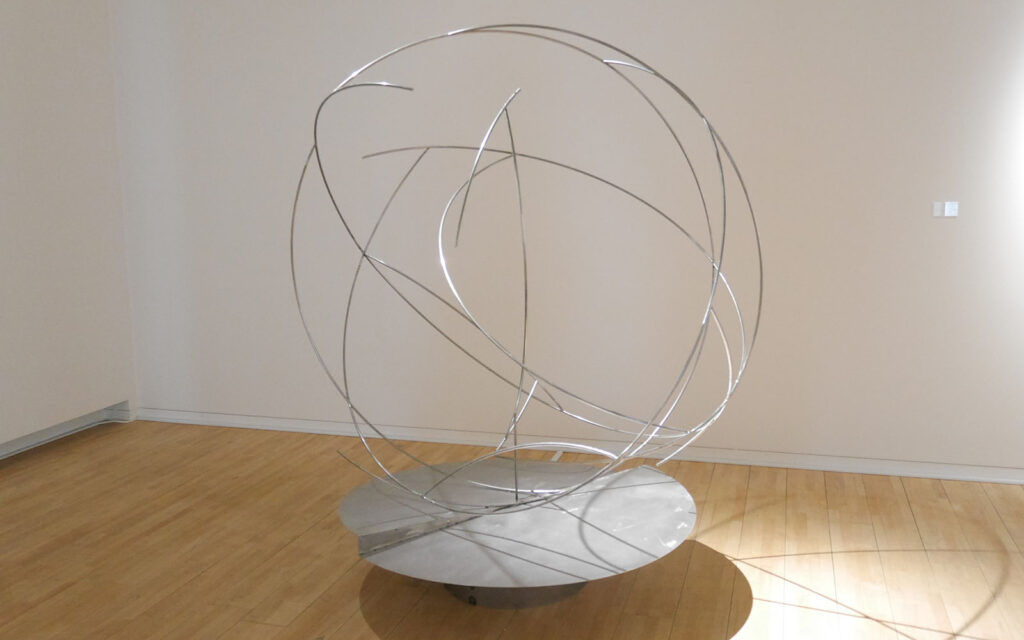 © Photo by Michele Tanabe
© Photo by Michele TanabeRisako Ehara’s colorful pieces are a balance of ancient art and modern street styles. Focusing on the theme of “reliving history,” Ehara takes experience from her studies as a mural painter. Her colorful and emotive works express how murals encompass spaces and architecture.
- Date
- Vol.1: Now through Sun Mar. 10 & Vol.2: Fri Mar. 15 through Sun Apr. 15, 2024
- Time
- Open 11 A.M. to 7 P.M.
- Location
- Pola Museum Annex, 3F Pola Bld., 1-7-7 Ginza, Chuo-ku, Tokyo - Map
- Fee
- Free
- Info
- 6-minute walk from Ginza station Exit A9, 1-minute walk from Ginza-Ichome station Exit 7
Which of these transformative artists’ pieces are you most excited about viewing? Do you know of any other art exhibitions in Tokyo? Share your thoughts in the comments below!












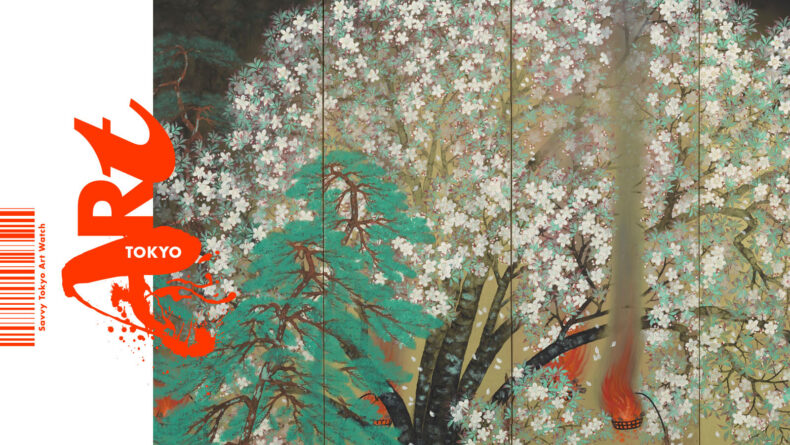
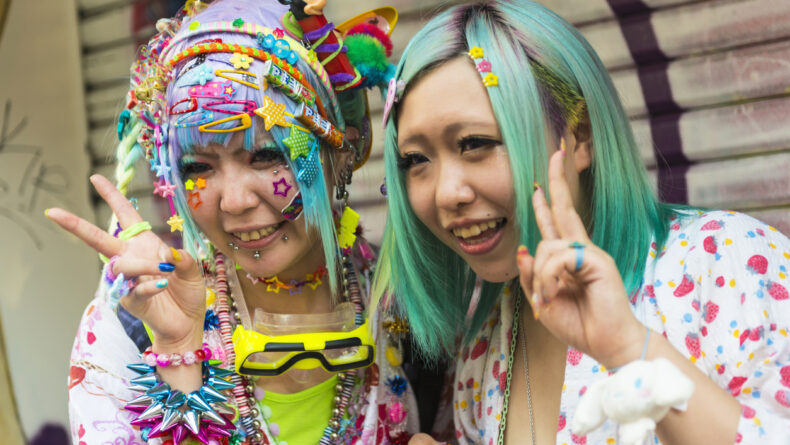

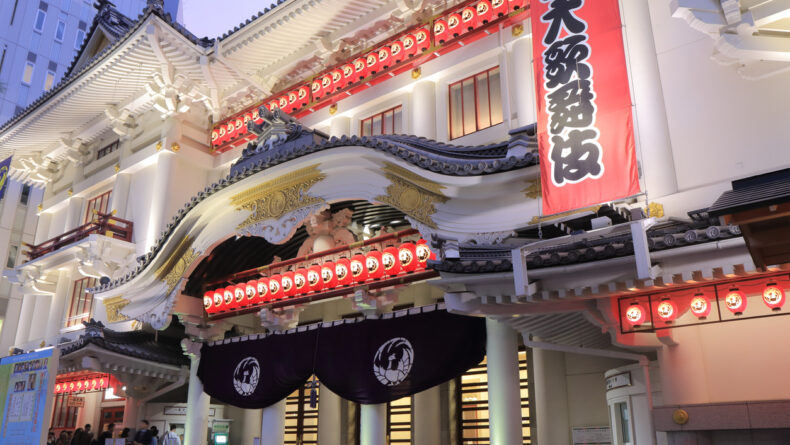
Leave a Reply